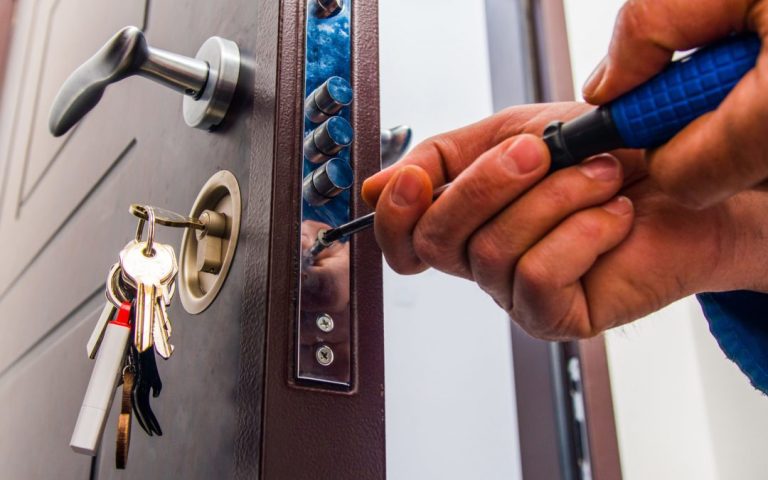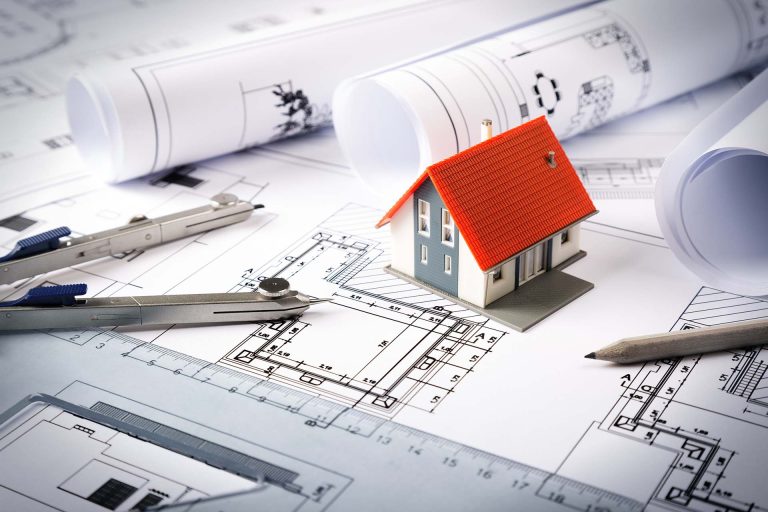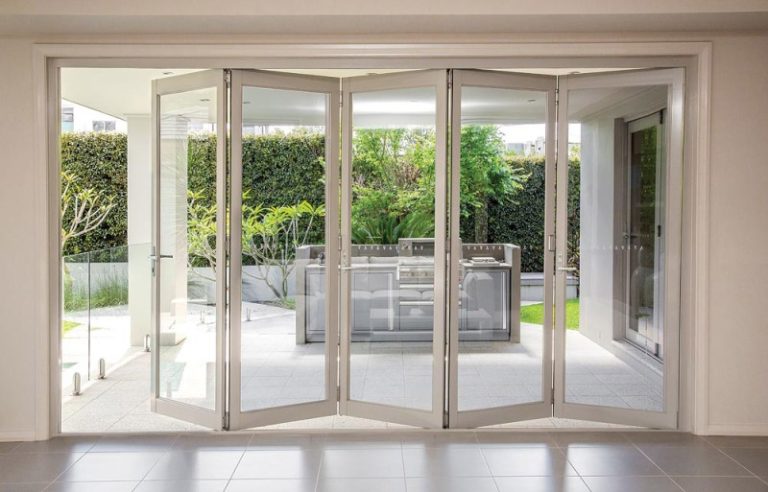A Guide To Gas Logs For Home Fireplaces
Gas logs are becoming more popular as a low-effort alternative to traditional wood fires for homeowners who value ambience and coziness in their homes’ hearths. They are a solution for home heating that burns cleanly and efficiently while saving on energy costs, and the design and construction of contemporary gas logs enables hundreds of different design options.
A Primer on Gas Logs
Gas logs are, in the most basic sense, a fixed log fireplace with gas fixtures that are installed within a specially designed or modified fireplace and run on either liquid propane or natural gas as fuel. Most gas logs use ceramic materials that have been shaped and tested to withstand very high temperatures.
The term “gas log” may be understood in a number of different ways. The majority of models are, in point of fact, meticulously carved and designed to seem as if they are the hardwood logs of a conventional wood-burning fireplace. Other types, on the other hand, are crafted to mimic ornamental stones and crystals, in addition to ultramodern geometric decorations. These so-called “modern” gas logs perform just as well as more conventionally designed gas logs, but they come with a wider variety of decorative alternatives.
Natural Gas vs. Propane: Pros and Cons
Both natural gas and liquid propane may be used to power gas log sets, and each fuel source comes with its own set of benefits and downsides.
Because liquid propane burns at a temperature that is approximately three times higher than that of natural gas, it is an effective method for heating a house. Because the majority of models get their fuel from tanks located outside the house, this kind of heating system is an excellent alternative in regions where there is no natural gas service that is piped into the homes.
Propane gas log sets, on the other hand, are often more costly than natural gas log sets, and they typically need entering into a contract with a propane supplier in order to replenish or replace tanks. Log sets that are fueled by natural gas produce relatively little smoke and ash as they burn.
As natural gas is less dense than air, it burns away without leaving much of a trace. And since natural gas service is already installed in a great number of residences, the installation of external fuel tanks and their ongoing maintenance may not be required. Natural gas, on the other hand, does not have the same ability for heating as propane. Last but not least, there is a possibility that the service is not offered in all regions.
Only a certified plumber or gas technician with the appropriate training should try to install any of these sets.
Two Varieties of Exhaust Systems: Vented and Ventless
Vented and ventless exhaust systems (https://www.osha.gov/laws-regs/regulations/standardnumb), as their names indicate, use different strategies to dispose of combustion byproducts. They are vented to direct smoke, ash, co2, and other material away from the firebox. This keeps the firebox safe and clean. Models of ventless gas logs are virtually completely self-contained on their own.
How to Determine Which Gas Log Is the Appropriate Size
If you want to use a gas log set in an existing fireplace, measure the firebox to make sure the logs won’t be too big. It is recommended that there be a gap of two inches on each side of the logs themselves, between the ends of the logs and the walls of the firebox. Additionally, the depth of the fireplace should be at least twelve inches in order to securely handle the majority of gas log sets. The logs shouldn’t be any longer than the wall at the back of the firebox.
The fireplace has to be roomy enough to accommodate the control systems as well, so make sure it’s big enough! On our website, you’ll find a size and measuring guide that will be of great use to you.
Control methods for gas log systems often fall into one of these categories:
The on-off switch that must be manually turned on or off is the most basic kind. The gas is turned on by opening a valve, and the flames are adjusted by the operator by turning the valve open or shut. Easy to use as they may be, they are only compatible with vented natural gas log sets and not ventless propane or other gas log varieties.
Manual safety pilot valves are the second kind, and they function similarly to those of a conventional water heater or heating system. The amount of fuel that is delivered to the logs is controlled by manually lighting a pilot flame. During the months when the temperature is higher, the pilot light may be switched off to save money on fuel bills. Pilot lights are more expensive than manual switches and give less control over the flame even if they are safer. A pilot light for the sake of safety is required to be included in propane gas log sets.





